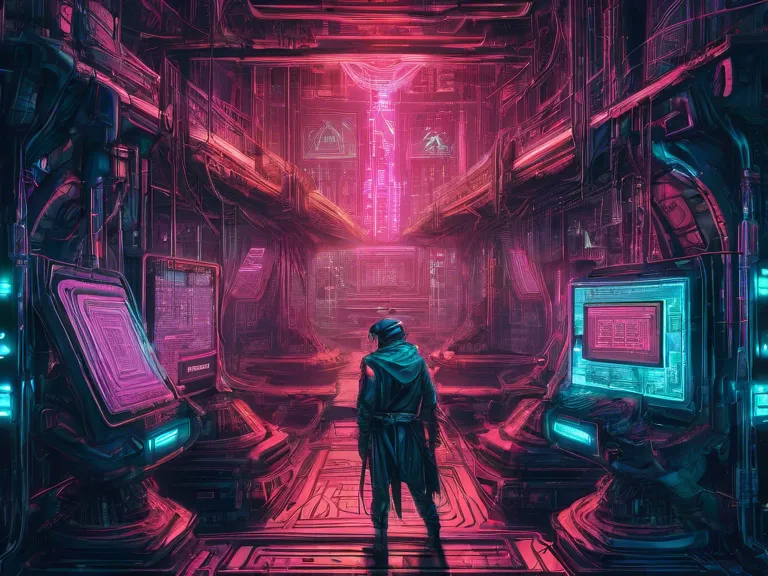
Blockchain technology has revolutionized the way we think about data integrity and security in modern ledger systems. But what if we could draw upon ancient wisdom to further enhance and strengthen these systems? Integrating historical techniques into blockchain technology may be the key to unlocking even greater levels of trust and transparency in our digital transactions.
One such ancient practice that could be incorporated into blockchain technology is the double-entry accounting system, which dates back to the 15th century. This system, first outlined by Italian mathematician Luca Pacioli, ensures that every transaction is recorded twice – once as a debit and once as a credit. By applying this principle to blockchain ledgers, we could further validate the accuracy and consistency of the data stored within the system.
Another historical technique that could be integrated into modern blockchain systems is the use of cryptographic seals. In ancient Mesopotamia, clay tablets were often sealed with a mark or symbol to authenticate the contents and ensure their integrity. By incorporating similar cryptographic seals into blockchain transactions, we could create an added layer of security and verification for each entry in the ledger.
Furthermore, the concept of distributed trust, inherent in many ancient societies, could be applied to blockchain technology to enhance its resilience against fraud and manipulation. In traditional societies, trust was often decentralized and distributed among individuals and communities rather than centralized in a single authority. By adopting a similar approach in blockchain networks, we could mitigate the risks of a single point of failure or corruption.
By integrating these historical techniques into modern blockchain systems, we have the potential to create a more robust and trustworthy ledger system. The combination of cutting-edge technology with timeless wisdom may be the key to unlocking the full potential of blockchain technology and ensuring its long-term viability in an increasingly digital world.

